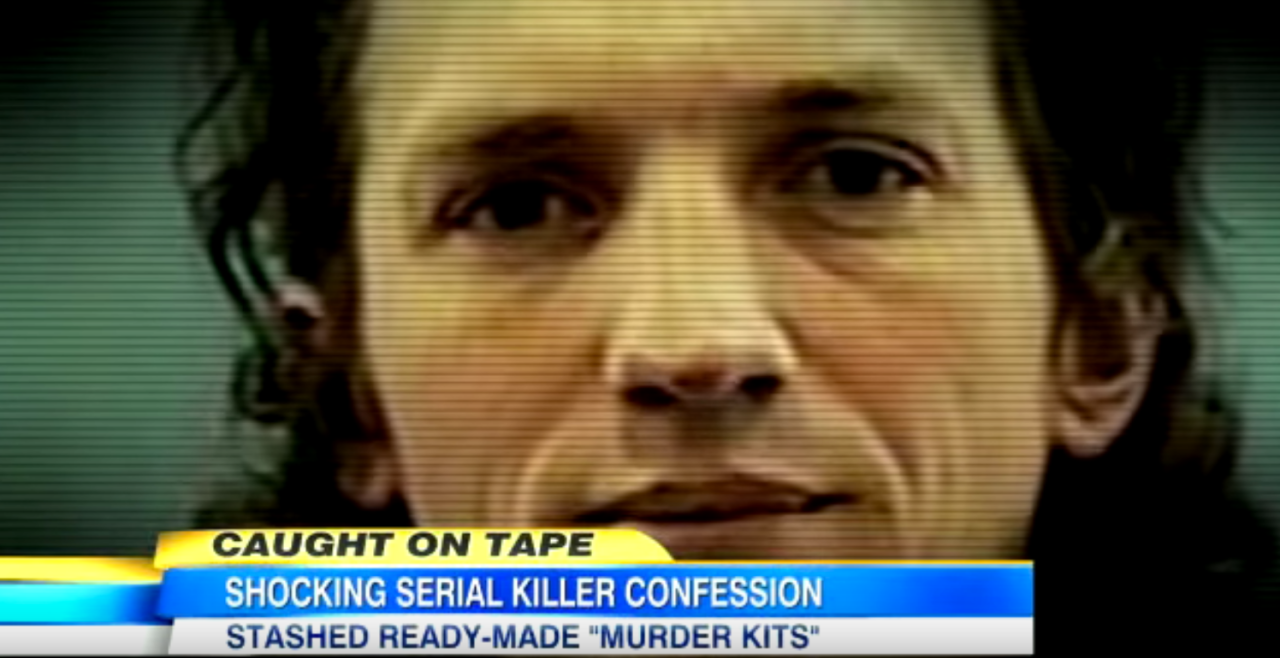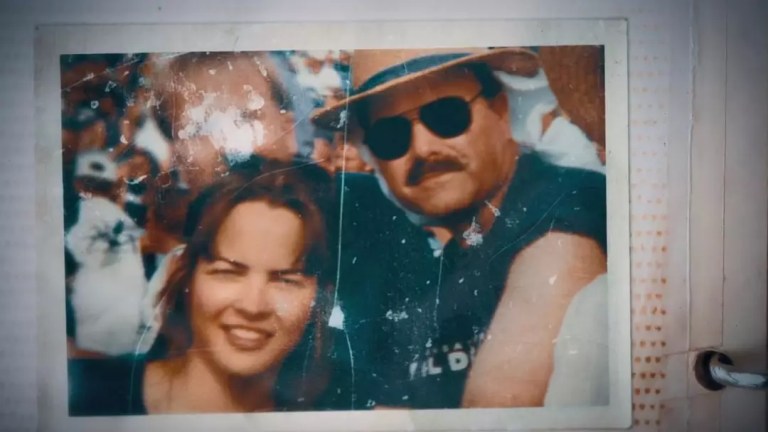
Getting Joy Out Of Murder: Serial Killer Israel Keyes And His Addiction
On December 2, 2012 officers in an Anchorage, Alaska jail found confessed serial murderer Israel Keyes, 34, dead in his cell.
By ![]() Denise Noe
Denise Noe
On February 1, 2012, Samantha Koenig, 18, was closing up her stand at the Common Grounds Espresso in Midtown Anchorage at about 8:00 PM when a masked and hooded Keyes brandished a gun at her. He bound her hands with zip ties. Even with her hands tied, she made a desperate attempt to escape, running across the coffee bar’s parking lot. Keyes tackled her.
[youtube https://www.youtube.com/watch?v=z-fZvpie1Bw&w=420&h=315%5D
In the days after her disappearance, the Koenig family and its friends plastered Anchorage with Samantha’s photographs and put up a reward fund. Her mother, Darlene Christiansen, told a reporter, “I want her home. It’s just unbelievable – you watch it on TV [but] you never think it happens to your own child.”
On the evening of February 11, a candlelight vigil was held for her in the evening at Anchorage’s Delaney Park strip.
However, Keyes had raped and strangled her by the day after the kidnapping. Before killing her, he learned her PIN and scratched it on the card. In the days afterward, he used her debit card to steal. He also used her phone to send text messages to mislead her family into thinking she was alive. Leaving her corpse in a shed outside his house, Keyes traveled to Texas. He returned to Alaska on February 17 and posed Koenig’s corpse with a newspaper to make it appear she was alive in the photograph he took. He sent that picture and a text message demanding ransom for her safe return to her family.
Then Keyes dismembered the corpse and dropped it in the Matanuska Lake.
He began traveling again, making withdrawals from ATMs in various states with Koenig’s debit card.
[youtube https://www.youtube.com/watch?v=SkjVfw9RWpg&w=560&h=315%5D
In early March 2012, Keyes attended the wedding of a sister. When relatives tried to convert him to evangelical Christianity, he retorted that he did not believe in a Supreme Being. At one point, Keyes eyes filled with tears. He told a sister-in-law, “You don’t know what I’ve been through. You don’t know what I’ve done. I’ve got to drink every day to forget these things.”
On March 13, 2012, a highway patrol officer in Lufkin, Texas pulled over Keyes over. The reason the cop stopped him was that the rental car Keyes drove was the white Ford Focus that had been caught on surveillance footage near a withdrawal performed with Koenig’s debit card. The officer found that debit card, together with Koenig’s cell phone, on Keyes.
Keyes was soon extradited to Alaska where he was scheduled to go on trial in March 2013 for kidnapping and murdering Koenig. Prosecutors were still considering whether or not to request the death penalty when he rendered the question moot with his suicide.
Interrogators displayed a video from a Home Depot parking lot that showed a man and Koenig walking toward a white pickup truck. Keyes admitted he was the man.
He confessed the murder of Koenig and other crimes to investigators. Based on information Keyes supplied, Koenig’s corpse was recovered from the lake on April 2, 2012. Koenig’s is the only body of a Keyes murder victim to be recovered as of this writing.
Keyes had a special condition for talking to authorities about his crimes: his name was not to be publicly released. “He was very, very, very sensitive to his reputation, as odd as that sounds,” Anchorage Police Chief Mark Mew observed. “We had to keep things extra quiet in order to keep him talking with us.”
Even while confessing, he withheld names of victims except for those of Koenig and the Curriers and withheld specific information about crimes. However, Keyes said he murdered four other individuals in Washington State and one in New York State. He also said he looked for targets in out of the way locations such as parks, campgrounds, and even cemeteries to minimize possible witnesses.
Most serial murderers stick to a specific region and target a specific type of victim. By doing neither, Keyes made it more difficult for authorities to profile and catch him.
Although he sometimes stole, his primary motive appeared to be nothing more than the enjoyment of killing human beings.
[youtube https://www.youtube.com/watch?v=a9QQbQtHtno&w=560&h=315%5D
Brought into a courtroom in May 2012, Keyes noticed his leg irons were loose and wriggled out of them. Then he jumped over the rail separating defendants and attorneys from spectators. Officers tasered Keyes and thwarted his escape attempt.
In the aftermath of Keyes’s death, police departments in the U.S. and Canada are reviewing cold cases to see if he might be connected to unsolved crimes. They have also closely scoured his Anchorage home and property Keyes owned in northern New York.
FBI spokesperson Eric Gonzalez stated, “There’s no indication that he was lying.” Gonzalez elaborated that Keyes’ DNA has been placed in an FBI database available to law enforcement agencies across the country.
Weapons and tools to dispose of corpses have been found in hiding places Keyes used outside Anchorage and close to Blakes Falls Reservoir in New York. FBI supervisor Mary Rook states, “We’re going to continue to run down leads and continue our efforts to identify his victims so we can bring some closure to the families.”
When Bill Currier’s mother, Marilyn Chates, was informed of Keyes’s suicide, she commented, “Our family has been saved the long road ahead – trials, possible plea agreements and possible appeals – and perhaps this was the best thing that could have happened.” ![]()











